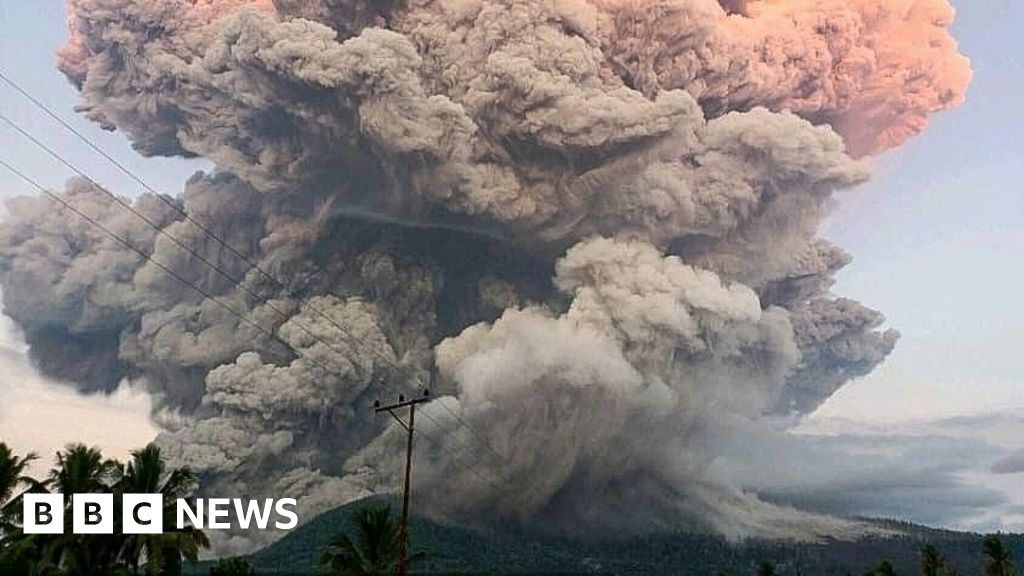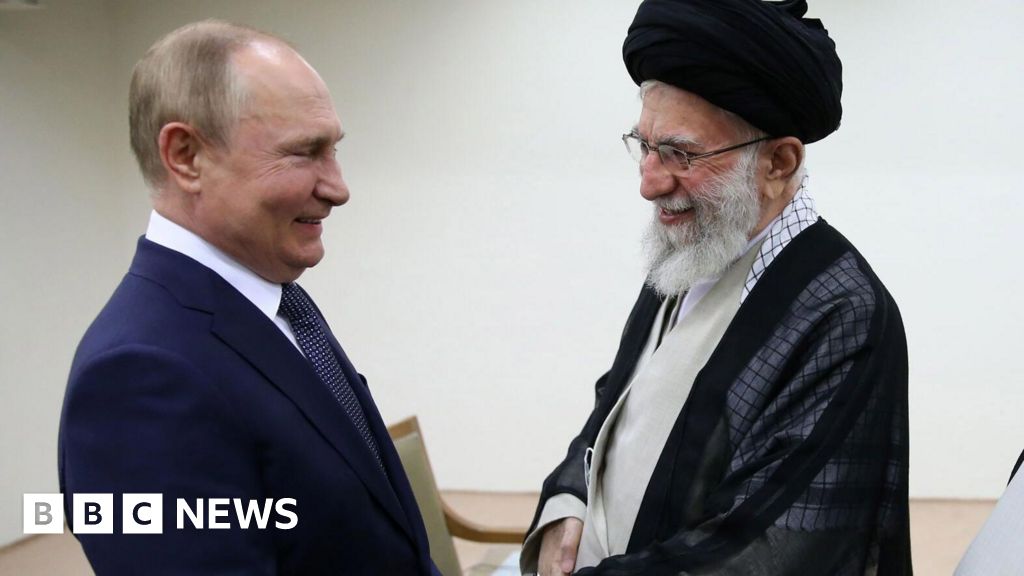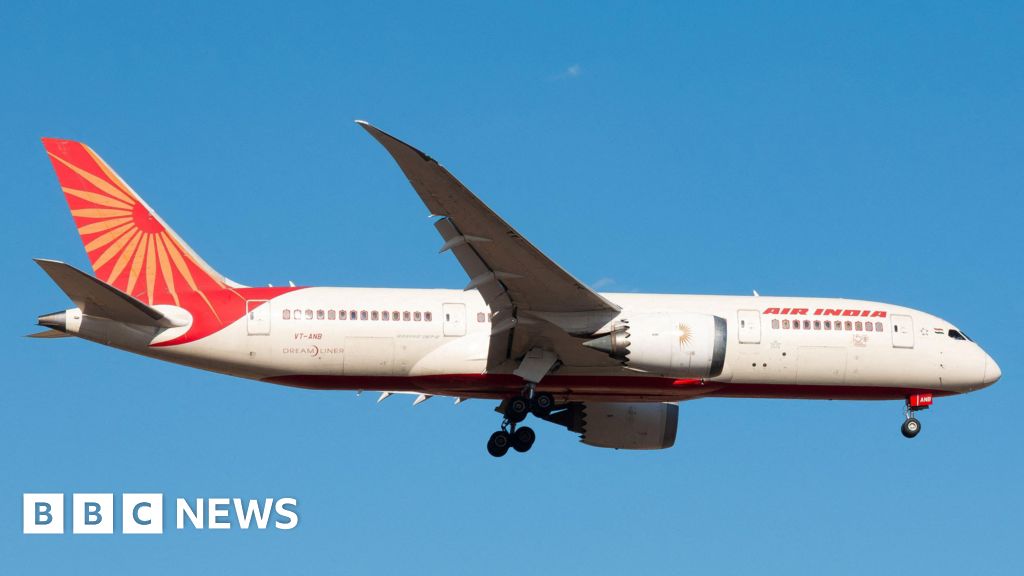When “Top Gun: Maverick” director Joseph Kosinski set his sights on making a movie rooted in the high-octane world of Formula 1, he knew exactly where to start: with the sport’s most decorated and recognizable figure, seven-time world champion Lewis Hamilton.
Like many this past decade, Kosinski had been swept up by the drama of Netflix phenomenon “Drive to Survive,” the docuseries that propelled F1 into global mainstream culture. He and Hamilton first crossed paths years earlier while discussing a potential “Maverick” cameo for the Mercedes driver, a scene that never materialized.
“I emailed [Lewis] and just said, ‘I want to tell a story in your world. I want to make it as authentic as possible. Will you help me?'” Kosinski recalled at a media briefing ahead of last weekend’s Canadian Grand Prix. “And luckily, Lewis said yes.”
That message lit the fuse for “F1,” the upcoming blockbuster slated for international release on June 25 and a U.S. release two days later. With Hamilton on board as a lead producer, Kosinski joined forces with Brad Pitt and legendary producer Jerry Bruckheimer to craft what they hope will be the most authentic racing film ever made.
In F1, Pitt plays Sonny Hayes, a retired driver lured back to the grid to race for fictional outfit APX GP alongside hotshot rookie Joshua Pearce, played by Damson Idris. The stakes? If neither of them wins a race by season’s end, team boss and Hayes’ former teammate — played by Javier Bardem — loses control of the team.
From the outset, “authenticity” has been the movie’s driving mantra. Not a documentary, the creators have insisted at every opportunity, but something more ambitious — an attempt, as Kosinski put it, to “thread the needle” between the raw realism of Formula 1 and the narrative punch of a summer blockbuster. Visually, “F1” certainly walks the walk.
Formula 1 granted the filmmakers unprecedented access. At the British Grand Prix in both 2023 and 2024, Pitt and Idris joined the real-life formation lap in modified APX GP cars — lining up alongside the actual grid, national anthem and all. In one shot, Hayes stands shoulder to shoulder with Max Verstappen as the reigning world champion prepares for the real thing.
The immersion didn’t stop on track. APX GP hospitality units appeared in the paddock at select events, while some races featured a full-scale team garage built into the pit lane — a fictional team embedded so seamlessly it almost became part of the show. Authentic paddock shots of real drivers, instantly recognizable to “Drive to Survive” fans, are scattered throughout. Several familiar faces even make speaking cameos, including team principals and prominent media voices.
As a consultant advising on technical accuracy, Hamilton’s insight at every level proved crucial.
“His involvement has been amazing,” Kosinski said. “We couldn’t make the film without him.”
The seven-time world champion, who appears in the movie as a Mercedes driver but has since moved to Ferrari, offered the viewpoint Kosinski needed to drive home the claim of the movie being as authentic as it could be. One example came at the Hungaroring, the circuit just outside Budapest.
“At Hungary for instance, he said, ‘If Brad’s going to let someone pass during a blue flag and he wants it to be as tight as possible, he’s going to only do that at Turn 6,'” Kosinski said. “That kind of detail … from a seven-time world champion who lives and breathes this world every day, I couldn’t have gotten that from anywhere else.”
Hamilton also doubled up as a consultant to Pitt and Idris as they engaged in their crash course in race car driving. “Lewis was there all the time giving us pointers,” Idris told ESPN earlier this year, referring to the months of training he and Pitt underwent, in different types of racing cars, to get them ready for the on-track filming scenes. Revolutionary, state-of-the-art camera technology mounted to those cars helped create electric racing scenes that will thrill even the most tenured Formula 1 fan.
The movie clearly helped scratch a creative itch for Hamilton. His production company, Dawn Apollo, features in the opening credits. The Ferrari driver is already co-writing three separate scripts and joked after Sunday’s Canadian Grand Prix he already has a vague idea that could act as a followup to “F1” in future.
Formula 1 hopes this summer blockbuster continues the sport’s hockey stick popularity boom. The film has been pitched at an audience not familiar with the minutia of the sport. In early test screenings, only 18% of U.S. audiences had a prior knowledge of Formula 1, compared to 50% in the UK. The filmmakers have been buoyed by overwhelmingly positive feedback from early screenings.
“This is the highest-rating movie that I’ve had as far as recommending it to your friends,” Bruckheimer said. “It was over 80%. I’ve never had a movie that people recommend to their friends … ‘definitely recommend’ at 80%. It’s unbelievable.”
Considering “F1” is up against a back catalogue of Bruckheimer movies, including the likes of iconic racing movie “Days of Thunder” and other blockbusters like “Top Gun,” “Pirates of the Caribbean” and “Armageddon,” it’s little wonder the creators of the movie are buzzing with excitement about the potential of their latest flick.
Speaking about the early U.S. test screenings, Apple executive Tim Cue said: “[At the start] you ask them how many have seen a race, and very few people actually raise their hand compared to the number of people in the theater. When we finish and we ask how many of you would like to go see a race now, literally every single hand goes up. And so we think there’s a huge, huge opportunity to grow the sport all over the world with this movie, and I think it will do that.”
But while the movie is expected to bring new fans to the sport, not everything may sit perfectly with its most dedicated followers.
A car for ‘combat’: How authentic is the movie?
When quizzed about the movie at Monday’s New York premiere, Carlos Sainz gave what may have sounded like a warning to anyone who has followed the sport for a long time: “I’ll just say for the pure F1 fan, be open minded to Hollywood films.”
While the creators clearly went to great lengths to make the movie as close to life as possible, the comeback of the middle-aged Hayes after three decades away is where the creative license of Hollywood comes into play. That aspect is dealt with well enough, but beyond that, the movie aims to take the F1 action showcased every Sunday during a race and transport it to a movie theater.
This will ultimately be where racing fans come to like or dislike the movie. While drivers have been very complimentary publicly, Sainz’s quote shows even some of them found it a little over the top.
Multiple sources who were in the room when the drivers were given their own screening ahead of the Monaco Grand Prix told ESPN that the group burst into laughter at one of the crash scenes, filmed in a wet race at Monza’s Italian Grand Prix, which is supposed to be a critical moment of high drama and tension. While that moment may look over-the-top on screen, the entire sequence is borrowed from two real-life events: Formula 3 driver Alex Peroni’s airborne crash at the exact same corner in 2019, followed by the infamous fireball Romain Grosjean managed to escape from at the 2020 Bahrain Grand Prix.
“All what you have seen is real,” Bruckheimer told F1 media after they saw the movie last week. “[Everything] that you have seen has happened. It’s not fake. It’s not coming from another dimension. So that means that one object that we had was really to feel the authenticity of what we are showing to the world.”
The film also uses one harrowing piece of real-world Formula 1 footage to frame Hayes’ backstory: Martin Donnelly’s horrific crash at the 1990 Spanish Grand Prix, which left the Ulsterman lying on the track, having been thrown from the car. The accident has been retconned to 1993, with Donnelly replaced by Pitt’s character. The crash is framed as the one that ended his promising career and led to decades in the racing wilderness. “F1” used the footage with permission from Donnelly.
That backstory explains some of Hayes’ quirks — including a pre-race ritual he does before stepping into the car — and also helps to form the rougher edges of his personality. One potentially problematic aspect to a fan of the sport may well be how Hayes goes about racing once he finally returns to Formula 1 — in one race, he intentionally triggers three different safety car periods in collisions with other drivers in order to benefit teammate Pearce.
When asked in the F1 media briefing if there was any concern over the portrayal of a character so flagrantly bending the rules, Bruckheimer said: “We never wanted Sonny to cheat. We wanted to find how far can you push it so that you can get right to the edge.”
Giving Hayes those rougher edges undoubtedly helped bring the Formula 1 grid on board. Red Bull was initially reluctant to get involved, fearful of a Hamilton-produced movie framing the energy-drink-backed team and star driver Verstappen as the bad guys of the piece. Verstappen, who skipped the F1 driver screening and the New York premiere, spent a long time not participating in “Drive to Survive” because of what he felt was a negative portrayal.
The involvement of the rest of the grid is done as background fodder, window dressing for the main story itself, one focused solely within the orbit of the APX GP team as the inevitable and perhaps cliched early rivalry between Hayes and Pearce predictably evolving into one of mutual respect as an unexpected — and perhaps, slightly random — antagonist is revealed in the final quarter of the movie.
Hayes’ involvement with his female technical director, played by Kerry Condon, may also be seen as questionable in a sport that has struggled so badly with female participation. Condon’s first car, described as a “s—box” early on, only improves when Hayes — without an F1 race start to his name for more than 30 years — tells her how to make it better during a scene filmed at the actual Williams F1 wind tunnel. He wants her to build him “a car for combat,” to help with aggressive approach to grand prix racing — a slightly laughable phrase that features later in the most toe-curling scene in the entire thing.
The romantic relationship that blossoms between driver and technical director is perhaps inevitable for a Hollywood blockbuster but also undeniably problematic for a movie F1 had close involvement in, given the ongoing struggle for women in the paddock to be viewed on equal footing to their male counterparts. That is one of the more obvious parts where the repeated references to “authenticity” backfire.
The script itself was clunky and relied on a lot of well-worn movie tropes, but another way to look at that would be that many of the scenes are simply to bridge the gap between one racing scene to the next. It is those moments where this movie will stand out for audiences. Purists may well leave disliking some of these elements of the movie, but they will do so for the same reasons newcomers will adore it. The movie is a thrill ride — especially when viewed in IMAX — and the on-track scenes are undoubtedly the most spectacular and adrenaline pumping ever created for a racing film.
At the end, moviegoers will be treated to a heart-pumping Abu Dhabi showdown featuring the APX GP cars and Charles Leclerc’s Ferrari and George Russell’s Mercedes, which is legitimate — both drivers drove on track with Idris and Pitt after the post-season tests in Abu Dhabi last year to bring the movie’s climactic moment together. Fans will notice a legitimate lock-up from one of the two F1 stars, which Kosinski kept in the movie.
The added cameos add enough of the Formula 1 world to feel believable, without drifting simply into the “Drive to Surviv”e world it was trying so hard not to reproduce. Those watching for the first time will see racing scenes commentated on by the iconic duo of David Croft and Martin Brundle, whose voices front the Sky Sports coverage that for years has served as the global world feed.
For anyone leaving the theater with a burning desire to watch their first F1 race, the movie will have provided them with a taster of the real thing they will find on TV coverage. They might find the real thing slightly different, though. Late on, the movie struggles to explain some of the more technical minutia of Formula 1 — inevitable in a sport with such a convoluted rulebook and with things like tire life and engine modes playing such a key role in the outcome of every race.
Much of this may come across as especially critical in what is supposed to be a fun racing movie about the sport. None of it may matter in the grand scheme of things. Formula 1 seems to be in a special place at the moment; everything it has touched lately has turned to gold and its namesake film may be no different. While a cynic might want to be skeptical about how successful this movie might be, and although there are legitimate reasons to cast doubts on the overblown claims of authenticity, it has all the ingredients needed to be yet another smash hit in a long line of recent F1 success stories.
Source link
















